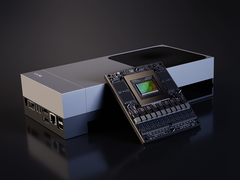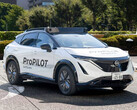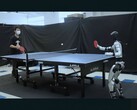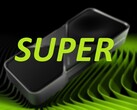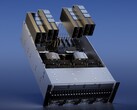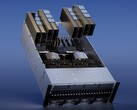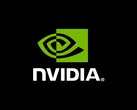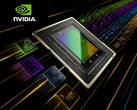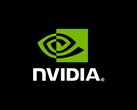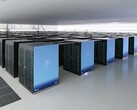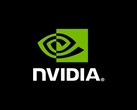Nvidia’s Jetson Thor series targets “physical AI” with laptop-sized modules that push up to 2,070 FP4 tera-operations per second and 128 gigabytes of memory inside a 40-watt to 130-watt power envelope. Nvidia positions Thor as a significant step up from AGX Orin, offering approximately 7.5 times more AI compute and 3.5 times better energy efficiency, allowing robots to run heavy models on-device instead of relying on the cloud.
Inside, Jetson AGX Thor pairs a Blackwell GPU with a 14-core Arm CPU, delivering high memory bandwidth and clock speed. These specifications enable robots to run multiple AI pipelines for language, vision, and control simultaneously without slowing down.
Thor maintains the compact footprint of recent Jetson modules, while doubling Orin’s power range to meet its performance targets. Nvidia's goal is to run multi-AI workflows in real-time, allowing machines to interact safely with people.
Nvidia says production modules and development kits for the next-gen Jetson platform are available, with early adopters including Amazon, Meta, John Deere, OpenAI, and Boston Dynamics. Agility Robotics plans to integrate Thor into its sixth-generation Digit humanoid for warehouse work, and Boston Dynamics is preparing a new Atlas variant to complement Thor. Pricing lands at $2,999 per Jetson Thor T5000 module in 1,000-unit quantities and $3,499 for AGX Thor development kits.
Nvidia calls the chip a “robot brain,” and the pitch fits: edge-class generative models, large language models, and high-throughput vision running together on one module. That mix unlocks use cases that require low latency, such as humanoids, agricultural automation, and even surgical assistance, where a split second matters and a dropped frame can cause a fault.
The primary benefit is clear: teams can transition quickly from development to production, utilizing the same software for perception and planning. However, there are significant risks. Thor’s increased power could enhance autonomous systems for both positive and negative uses, as seen with Jetson Orin in conflict zones. Its impact on jobs is uncertain; while some roles may stay, work may become more repetitive. Strong safeguards, careful oversight, and clear accountability remain essential as these technologies advance.
Source(s)
Nvidia (in English)




